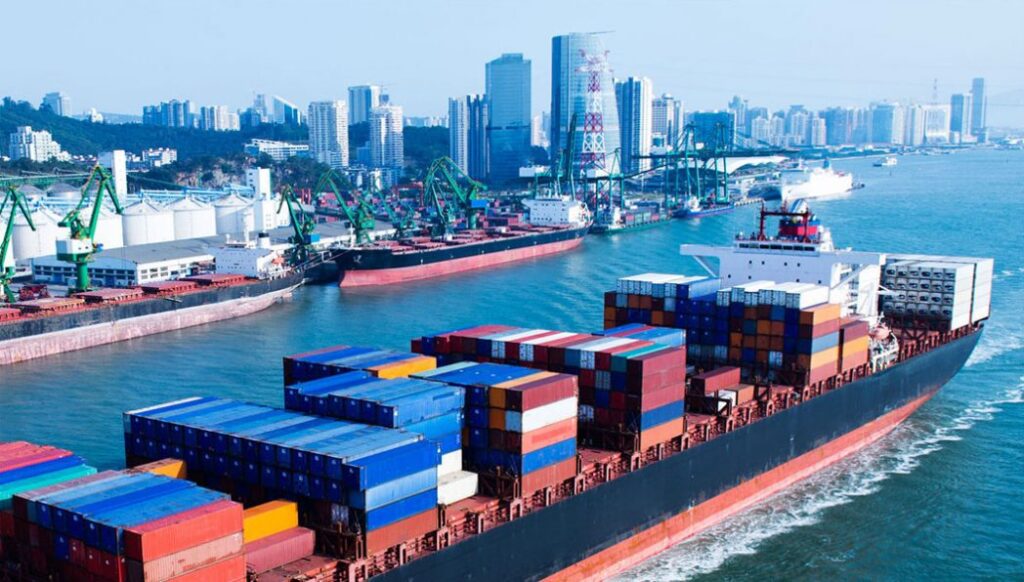The stowage factor is calculated by dividing the volume of the cargo by its weight. The volume is estimated in cubic meters, while the weight is valued in metric tons. Thus, the formula remains as FE=Volume (m³)/Weight (TM). In this way, if the stowage factor is a number greater than 1, then the freight will be calculated based on the volume of the cargo, not its weight. Of course, this can be negotiated with the carrier, but it will depend on each individual situation. Likewise, the rate may vary if the shipment is made in the LCL mode (load less than a full container), or in the FCL mode (load equivalent to a full container).
Maritime freight is the agreement or contract by which the carrier and user agree to transport merchandise by sea. In other words, these freights are a tax by which it is agreed to transport goods in containers between two ports.
In addition, surcharges may also be added to the final amount of the freight for issues such as fuel, currency exchange or terminal expenses. Even so, the usual thing is that the freight rate is the one that is included and is agreed in advance between the carrier and the user.
They represent the most important cost of maritime transport, and such cost is subject to various variables, which will represent the total price of maritime freight. Next, we will see the different variables that influence or may influence the final price of the shipment.
Understanding the rate knowing how to calculate the freight for ocean transportation:



